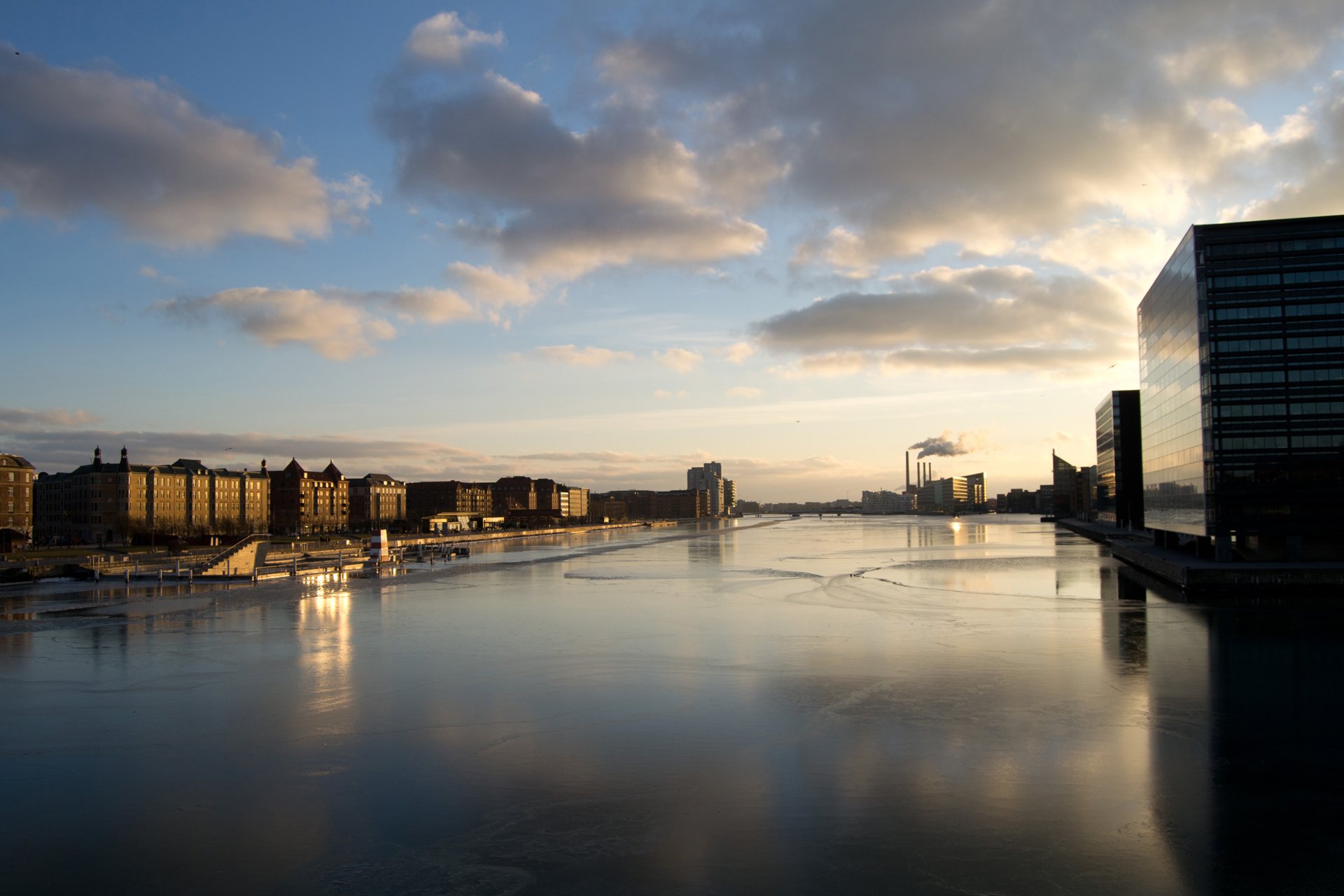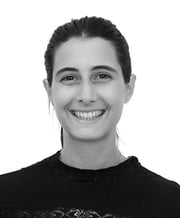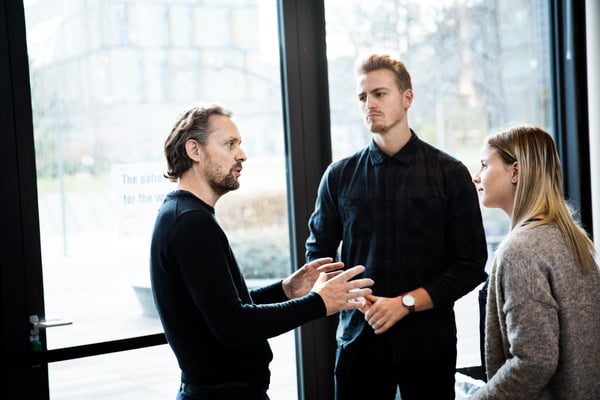So you've decided to come and live and study in Denmark? Good choice! We have great academic institutions and a great lifestyle too. We want to help you make the process as smooth as possible.
There are lots to get sorted, though. Here’s some essential information for getting settled in Denmark.
Finding somewhere to live
First of all, you're going to need somewhere to live and it's best to start your search before you arrive in Denmark.
Copenhagen is our most populated – and popular – city, which means that housing is more difficult to find and costs more. If you’re moving to Copenhagen, you should start your search early.
One of the best ways to keep living costs down, as well as to meet new friends and have fun, is to share. There are many options for sharing accommodation. Study in Denmark is a good place to get started.
Getting an official ID (CPR number)
Written content As soon as you have moved to Denmark, you'll need to get a civil registration number (CPR) from your local Citizen Service Centre. The CPR is for official ID purposes. It entitles you to a Danish health insurance card and you'll need it for most practical matters like setting up a bank account or dealing with authorities or social security.
Read more about the CPR number.
You'll need:
- Proof of your DK registered address (e.g. residential/rental contract)
- Proof that you intend to stay in Denmark for more than three months (e.g. university enrolment acceptance or employment contract.)
- A work and residency permit from the immigration authorities. (Not required for Nordic nationals)
- Passport or personal ID
Stay safe out there - your NemID
Once you have got your CPR number you can get a NemID, which is your own personal secure login for a host of Danish Internet services. It means you can use the same login details for pretty much anything you want to do online – from banking to shopping.
You can get your NemID from:
- Your local Citizen Service Centre
- From your bank
- At the NemID website
NemKonto – it’s a bank account and you’ll need one
Once you have your CPR number, you can then get a so-called ‘NemKonto' (EasyAccount). This is a Danish bank account, registered with the Danish tax authorities, and as a foreigner with a CPR number you are legally required to have one.
A Danish bank account lets you:
- Receive payments from Danish institutions or authorities so you can get your salary or any tax rebates or maintenance
- Have a payment card
- Use online banking
- Receive money transfers from the Bank of Mum and Dad…
Before deciding which bank gets your money, it’s a good idea to ask your fellow students for recommendations. They’ll probably know which ones offer the best student deals, customer service or online banking platforms.
Opening an account is simple. Just bring your passport and national health insurance card to the nearest local branch of the bank you wish to open an account with. Remember to mention to your bank that you need your account to be registered with the tax authorities.
Manage your NemKonto.
Visas and permits – what’s the story?
Denmark is part of the Schengen area – the EU passport-free zone that covers most of the European countries and is the largest free travel area in the world.
A Schengen visa is a short-stay visa for stays of up to 90 days for tourism or business purposes. The 90 days must be spent within a 180 day period. If you apply to Denmark for a visa, the majority of your time must be spent in Denmark.
Depending on your country of origin, different rules will apply. Visit the Ministry of Foreign Affairs' website and choose your country of origin to find the right guidance.
At New to Denmark, you can read more about the different rules for visas and permits depending on the type of studies you wish to pursue in Denmark.
There are different rules for visas and permits depending on your country of residence - you can read more on Life in Denmark.
Healthcare – We’ve got you covered (mostly)
If you’re living in Denmark for work or study, you’re covered by the Danish health insurance system. After registering for your CPR number, you will be provided with a health insurance card.
Healthcare is mostly free but there are some exceptions. For example, you need to pay for dentists, psychologists, medication, etc. It’s not cheap!
Read more about your healthcare rights.
Insurance – get yourself covered
Accidents will happen so it's a good idea to sign up for an insurance policy to cover personal injury or damage to home or belongings.
If you’re a worker, your employer is obliged to have occupational injury insurance but this will only cover you during working hours. If you’re a student, your university may offer some insurance protection but this will probably be limited to term time. Other than that, you’re on your own so we strongly recommend that you get private insurance.
Read more about insurance options.
Getting around in a cyclist's paradise
There are ways to get around apart from cycling. Denmark has excellent public transport systems which provide stress-free and on-time travel within cities and around the entire country. But… if you were to ask a Dane, there's only one way to travel.
If you really want to fit in, get fit and make the most of your time in Denmark, get a bike! There are a few basic rules that you need to follow if you don't want to risk an expensive run-in with a friendly policeperson.
- Abide by traffic light signals
- Use hand signals when turning and stopping
- Stay in cycle lanes and, preferably, wear a helmet!
So where can you get a bike?
Try Facebook, DBA (an online second-hand market for everything), asking friends or leasing from a company.
Did you know?
- Copenhagen is the world’s most bike-friendly city (Copenhagenize, 2019)
- In Copenhagen, bikes have outnumbered cars since 2016 (The Guardian, 2016)
- Denmark has more than 12.000 km of biking lanes (Denmark.dk)
BUT, there's of course also public transportation
Public transportation ties Denmark together – trains, buses, metro and harbour buses will take you to school, to work or just out to explore! Make sure you get a valid ticket or travel card (Rejsekort) because it can get pretty expensive to not have one when meeting the ticket inspectors.
For an overview of public transport and to plan your trip, the app, Rejseplanen, is a great tool.
Find more info about public transportation.
Getting a phone and phone number
Outside of work, most Danes don't bother with landlines anymore. SIM cards are cheap in Denmark compared with other countries, but your contract price will obviously vary depending on how much talk time and data you need.
If you need a new phone, most companies have discounted phone deals when you sign up.
Read more in the “International Students’ Survival Guide to life in Denmark”.





